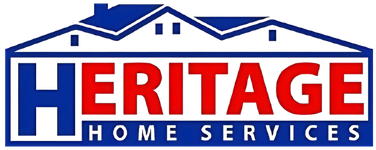Discover the Future of Home Comfort with Our Window Solutions
An Efficient Lesson on Energy Efficiency for Your Home
Understanding the energy performance of windows and doors is essential for modern homeowners. The terms U-Values and R-Values play a critical role in evaluating this performance. Simply put, U-values measure how much heat is transferred through a window or door – the lower the U-value, the better its insulation properties and resistance to heat flow. Conversely, R-values measure the resistance to heat transfer, with higher values indicating superior insulation. These factors are crucial in maintaining an energy-efficient home, affecting everything from indoor temperature stability to energy bills.

Advancements in Window Technologies: Vinyl and Aluminum Frame Options
The window industry has seen significant advancements, with vinyl and aluminum frames at the forefront. Vinyl windows are celebrated for their durability, insulation properties, and ease of maintenance, making them a preferred choice for homeowners. Despite their advantages, these windows may be less ideal in very high temperatures and are not recommended for repainting. Aluminum frames, on the other hand, offer remarkable strength and flexibility in design but fall short in insulation capabilities, demanding additional measures to enhance thermal resistance.
Understanding the Superiority of Premium Double Hung Windows
Premium Double Hung Windows elevate the functionality and aesthetic appeal of your home. These windows feature operable upper and lower sashes, providing exceptional ventilation and ease of cleaning. They come equipped with Low E glass and an Argon gas fill for enhanced energy efficiency. Despite their many benefits, including a comprehensive warranty, considerations such as their non-recommended repainting and slightly bulkier appearance compared to other materials should be taken into account.
Optimizing Home Comfort with Advanced Glass Options
The right glass package is pivotal in achieving optimal energy efficiency and home comfort. Our windows merge superior features like Low E glass and Argon or Krypton gas fills, significantly improving thermal performance year-round. These innovations not only keep your home comfortable in varying seasons but also offer protection against UV rays that can damage interior furnishings. For homeowners seeking the utmost in efficiency and security, options like Laminated Glass provide an additional layer of safety and noise reduction.
Maximizing Energy Savings with Fiber Cement and Wood Clad Frame Options
Fiber cement and wood clad frames represent the pinnacle of window design, combining aesthetic elegance with high thermal efficiency. Fiber cement offers the look of wood without the hassle, bolstered by environmental friendliness and durability. Wood clad frames provide the beauty and insulation benefits of wood while avoiding common pitfalls like swelling and cracking. These options, albeit higher in price, offer unique advantages such as enhanced insulation properties and a broad array of design possibilities, making them a worthwhile investment for discerning homeowners.
At Heritage Home Services, we are committed to providing you with the most advanced, energy-efficient window solutions. Whether you’re interested in vinyl, aluminum, fiber cement, or wood clad frames, our diverse range of options ensures that your home not only looks great but also delivers on performance and comfort. Embrace the future of home comfort with our expertly crafted window solutions.
